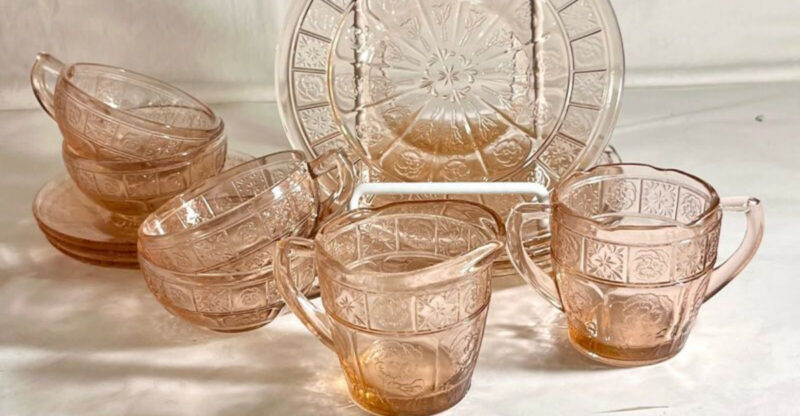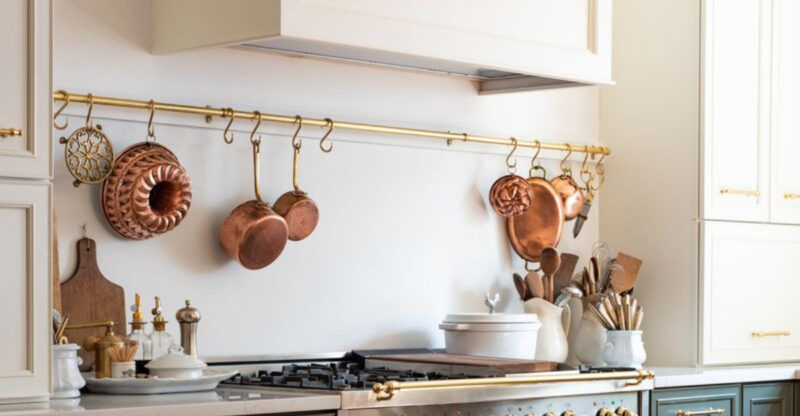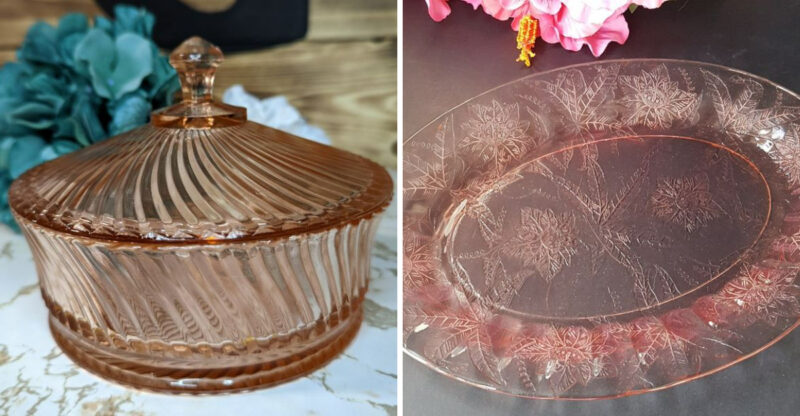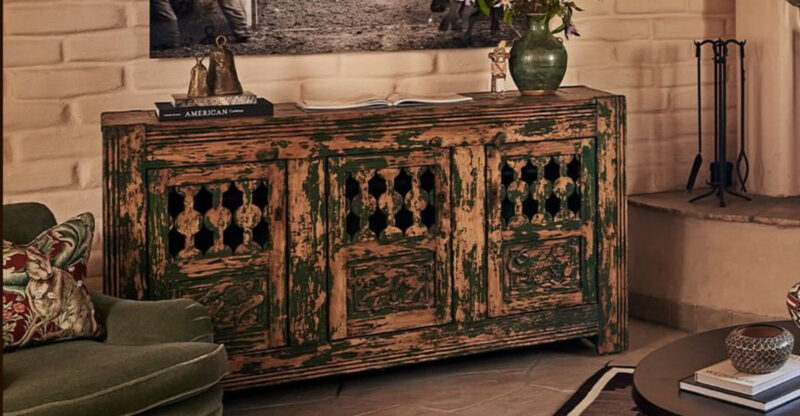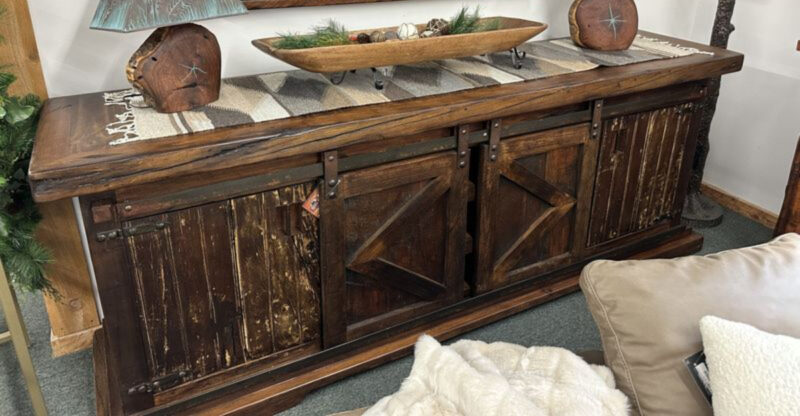Designers Love These 10 Retro Looks Again But Say No To These 6
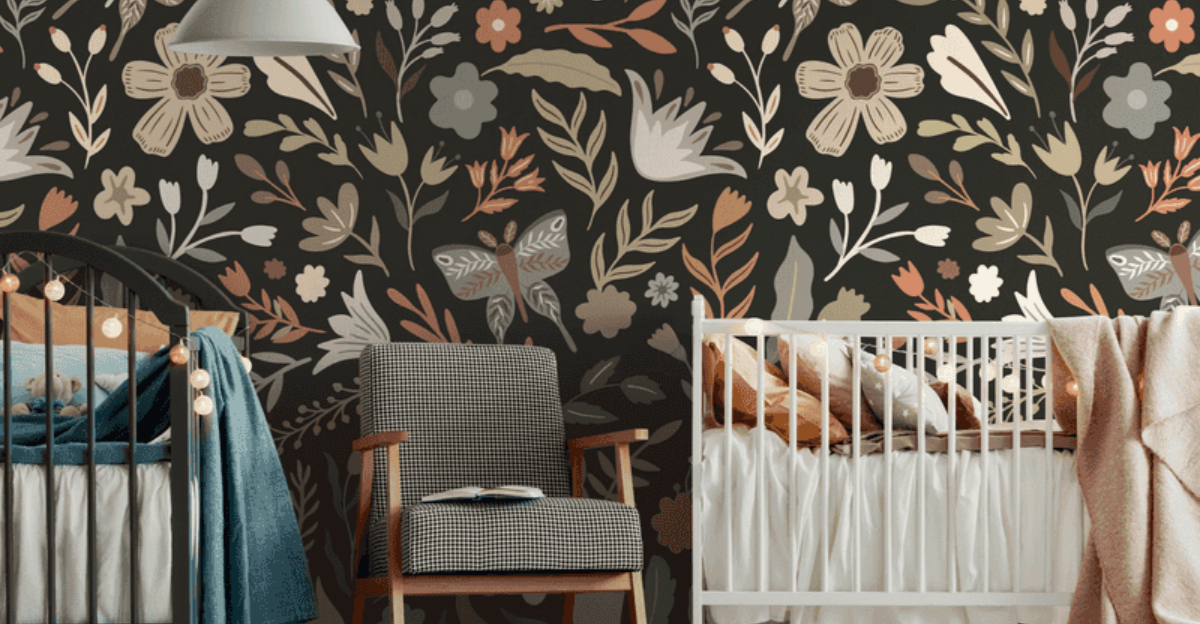
Fashion and design are like a merry-go-round, constantly spinning back to styles we once adored or even mocked.
Right now, designers are falling head over heels for certain retro elements that add character and warmth to modern spaces. But not everything from yesteryear deserves a comeback!
Let’s explore which vintage vibes are getting the green light and which ones designers wish would stay buried in the past.
1. Retro Florals
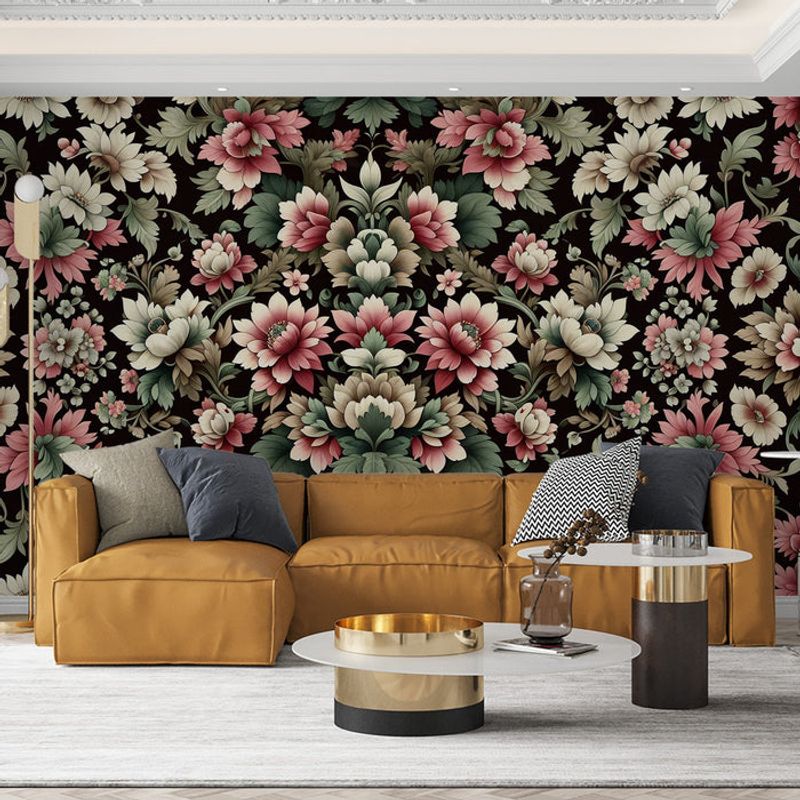
Flower power is blooming again in interior design! Bold, vintage-inspired floral patterns have shed their grandma’s-couch reputation and blossomed into statement pieces for modern homes.
I’ve noticed these aren’t your typical dainty designs they’re dramatic, oversized blooms in unexpected color combinations that command attention. Many designers are using these florals strategically on accent walls or furniture pieces rather than overwhelming entire rooms.
What makes today’s retro florals different is their fresh color palettes and simplified forms. They work wonderfully when paired with clean-lined furniture and minimal accessories, creating that perfect tension between nostalgic and new that makes a space feel thoughtfully curated rather than stuck in a time warp.
2. Mid-Century Modern
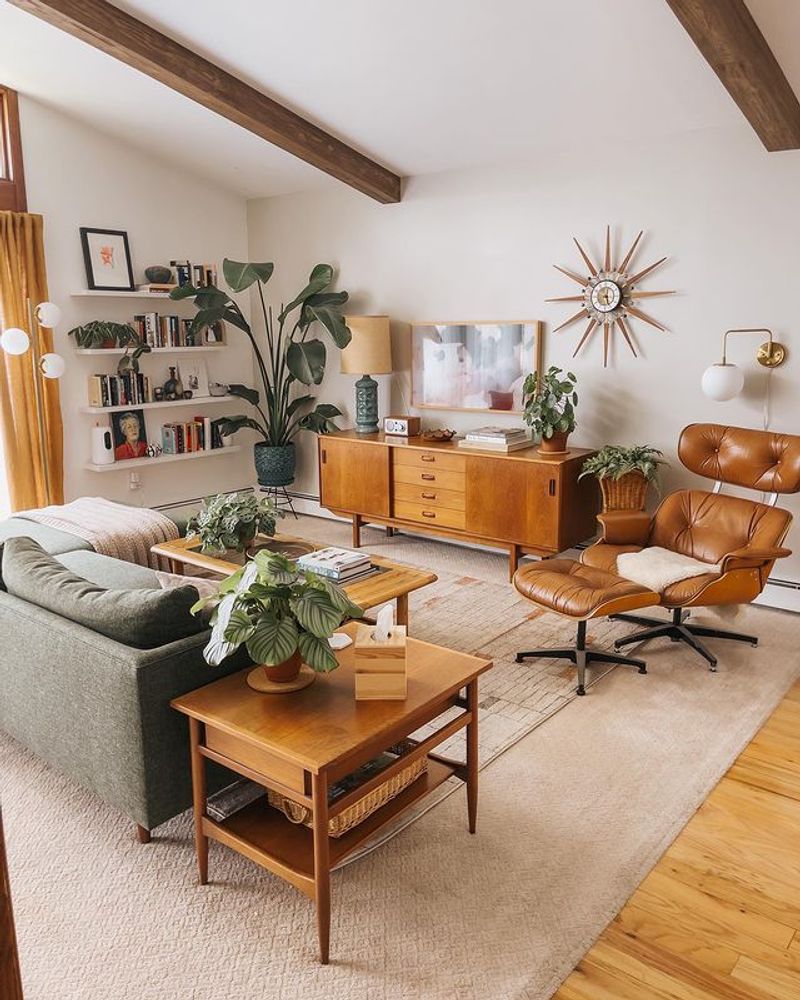
Mad Men may have ended years ago, but our love affair with mid-century modern design shows no signs of cooling off. Those clean lines, organic forms, and functional simplicity continue to captivate designers and homeowners alike.
What makes this 1950s-60s style so enduring? I believe it’s the perfect balance of form and function. The tapered legs, minimal ornamentation, and honest materials speak to our desire for uncluttered living spaces that still exude personality.
Authentic pieces by designers like Eames, Saarinen, and Noguchi command premium prices, but quality reproductions have made this aesthetic accessible to everyone. Even mixing just one statement piece like a molded plywood chair or a starburst clock can instantly elevate a room’s design IQ.
3. Velvet Upholstery

Velvet is having a major moment right now, bringing luxurious texture and rich color to contemporary spaces. This sumptuous fabric adds instant glamour without feeling stuffy or dated like it once might have.
Jewel tones are particularly popular emerald greens, sapphire blues, and ruby reds that create focal points in otherwise neutral rooms. The magic of velvet lies in how it plays with light, creating depth and dimension that flat fabrics simply can’t match.
Performance velvets have revolutionized this trend, making it practical even for homes with kids and pets. A velvet sofa or pair of accent chairs can transform a room from basic to breathtaking. For smaller commitments, velvet throw pillows or an ottoman offer the same tactile pleasure without overwhelming your space.
4. Bold Geometrics

Angular shapes and daring patterns from the 60s and 70s are making a triumphant comeback in modern design. These eye-catching geometrics bring energy and movement to spaces that might otherwise feel static.
The key difference today? Designers are using these patterns more strategically. Rather than the all-over geometric explosions of decades past, we’re seeing bold shapes used as accent pieces—a striking area rug, graphic wallpaper on a single wall, or statement tile in a powder room.
Color plays a crucial role too. While vintage geometrics often featured avocado green and harvest gold, today’s interpretations incorporate contemporary color schemes that feel fresh and relevant. These patterns work especially well in minimalist spaces where they can shine without competing with other elements.
5. Terrazzo Surfaces
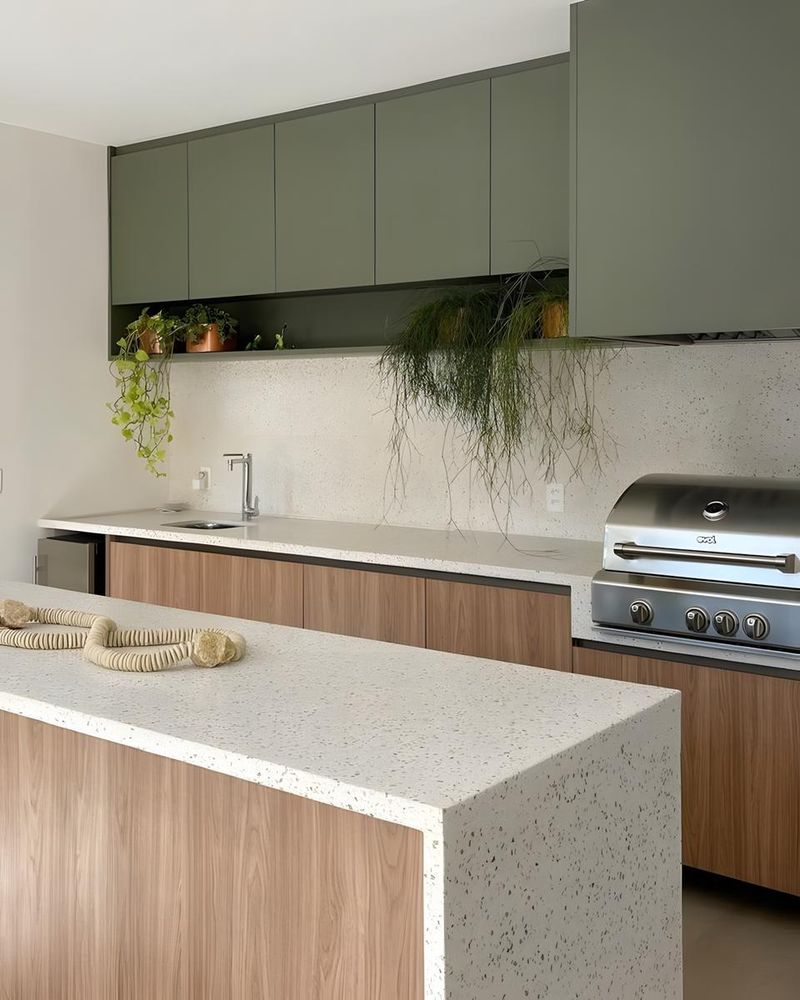
Remember those speckled floors from public buildings in the 50s and 60s? Terrazzo has graduated from institutional hallways to high-end homes, bringing its playful confetti-like appearance to countertops, flooring, and even furniture.
This composite material made from chips of marble, quartz, granite, or glass set in concrete or resin offers endless customization possibilities. Modern terrazzo often features larger chips and more dramatic color combinations than its vintage counterpart, making it feel fresh and contemporary.
Designers love terrazzo for its durability and visual interest. It works beautifully in kitchens and bathrooms where it can withstand heavy use while adding character. Even small doses through accessories like planters, coasters, or lamp bases can bring this retro-cool material into your home without a major renovation.
6. Sunburst Mirrors
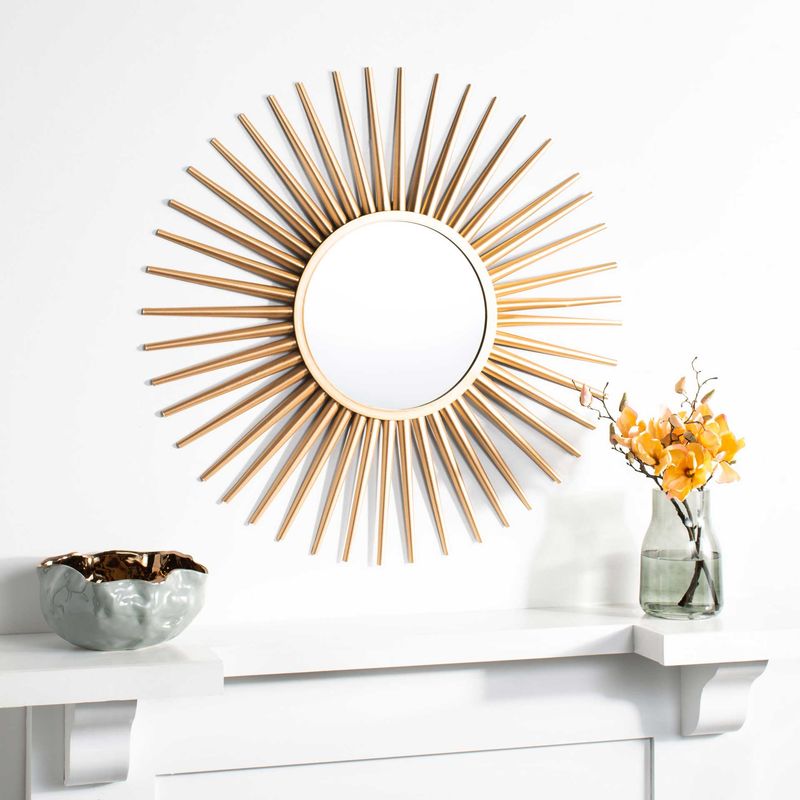
Radiant and eye-catching, sunburst mirrors have reclaimed their spot as wall decor royalty. These starburst-shaped statements were hugely popular in mid-century design and have returned with a contemporary twist.
Today’s versions range from delicate golden rays that create subtle dimension to bold, chunky designs that serve as room-defining focal points. What makes them so versatile is their ability to work in almost any setting—from bohemian to glamorous to minimalist modern.
Designers often use these mirrors to amplify light in darker spaces or to create the illusion of a window where none exists. They’re particularly effective above mantels, in entryways, or centered on a gallery wall. For maximum impact, I recommend choosing one that’s proportional to your wall space rather than playing it safe with a too-small version.
7. Brass Accents
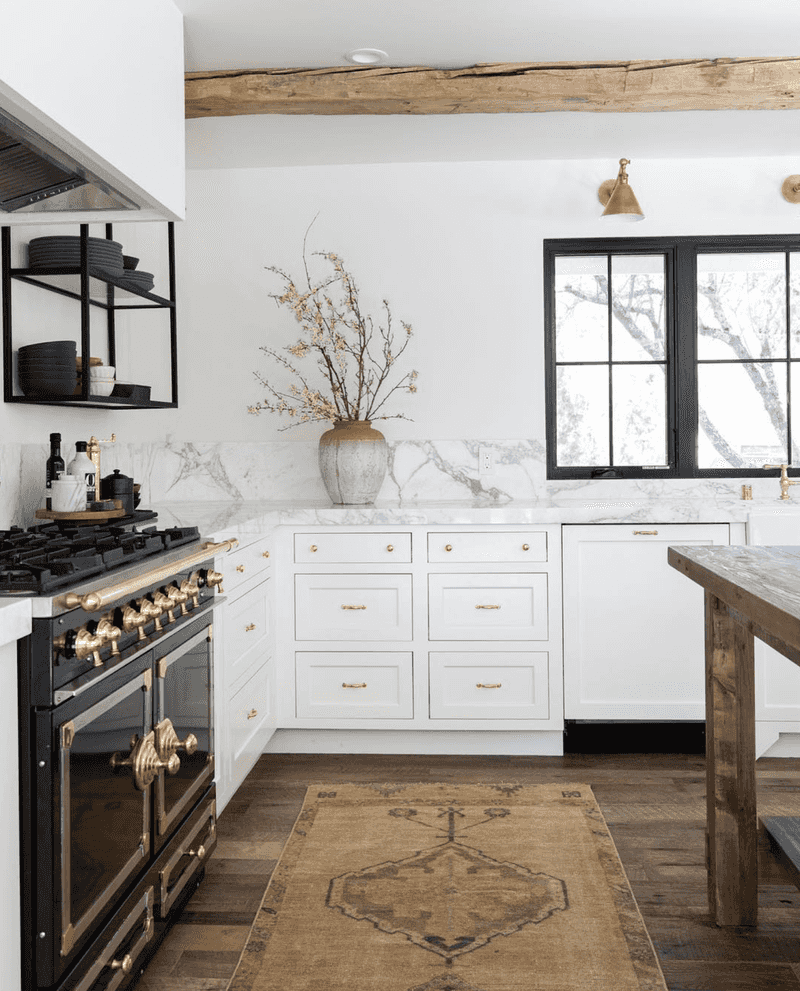
Warm metallic tones have pushed cool chrome and stainless steel aside, with brass leading the charge in this retro revival. Unlike the shiny, lacquered brass of the 1980s, today’s brass features more subtle, aged finishes that add warmth without overwhelming a space.
This golden metal appears everywhere from cabinet hardware and plumbing fixtures to lighting and decorative objects. Its rich, mellow tone creates instant sophistication and pairs beautifully with today’s popular color palettes especially blues, greens, and neutrals.
What makes brass so appealing is how it develops character over time. Many designers now prefer unlacquered brass that will naturally patina, telling the story of your home as it ages. Even mixing metals has become acceptable, with brass often playing the starring role alongside supporting metals like matte black or brushed nickel.
8. Colorful Glassware
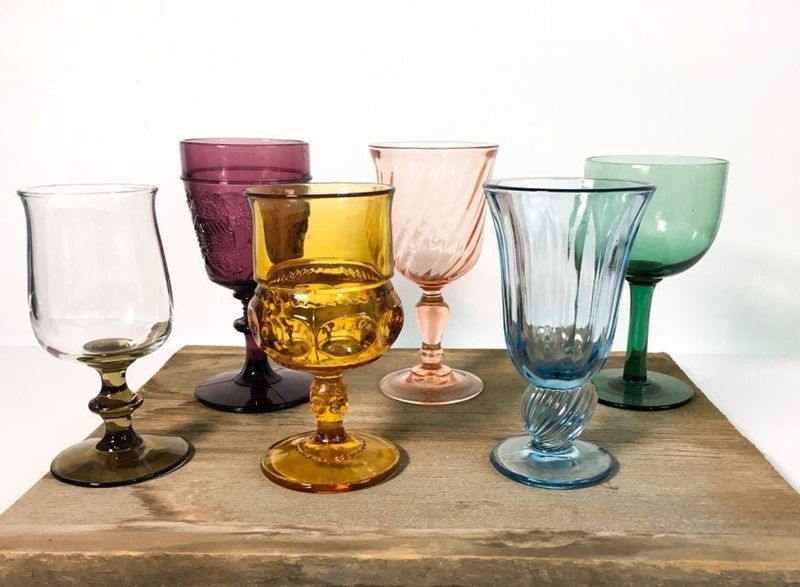
Vibrant, jewel-toned glasses and decanters are brightening up dining tables and bar carts everywhere. This throwback to mid-century entertaining brings playful pops of color that enliven even the most minimal table settings.
From cobalt blue water goblets to amber wine glasses, these colorful pieces add instant personality without permanent commitment. Designers are embracing mismatched collections too combining different colors and shapes for an eclectic, collected-over-time feel that’s both stylish and approachable.
Beyond their decorative appeal, these glass treasures create magical light effects when sunlight streams through them. I find they’re particularly wonderful for casual entertaining, as they instantly create a festive mood. Whether vintage finds from thrift stores or new reproductions, colorful glassware offers an affordable way to embrace retro style while adding practical pieces to your home.
9. Shag Carpets
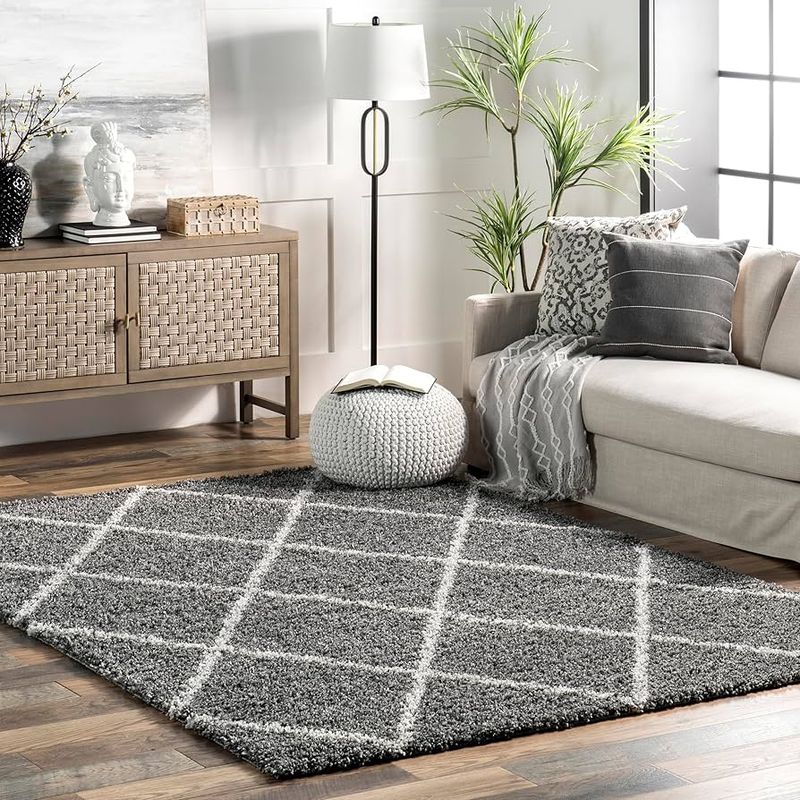
Soft, plush, and undeniably cozy shag carpets are making a stylish comeback, but with significant upgrades from their 1970s predecessors. Modern versions feature improved materials, more sophisticated color palettes, and better construction that sheds less and cleans more easily.
Today’s designers use shag rugs strategically rather than wall-to-wall. A luxurious shag area rug creates a defined conversation area in living rooms or adds barefoot comfort beside beds. The texture creates wonderful contrast in spaces dominated by sleek, hard surfaces.
Colors have evolved too moving away from harvest gold and avocado toward versatile neutrals, sophisticated monochromes, and subtle patterns. For those hesitant to fully commit, smaller shag rugs or even poufs offer the tactile pleasure without overwhelming a room. The key is moderation—letting these textural elements be special moments rather than the entire story.
10. Avocado Appliances
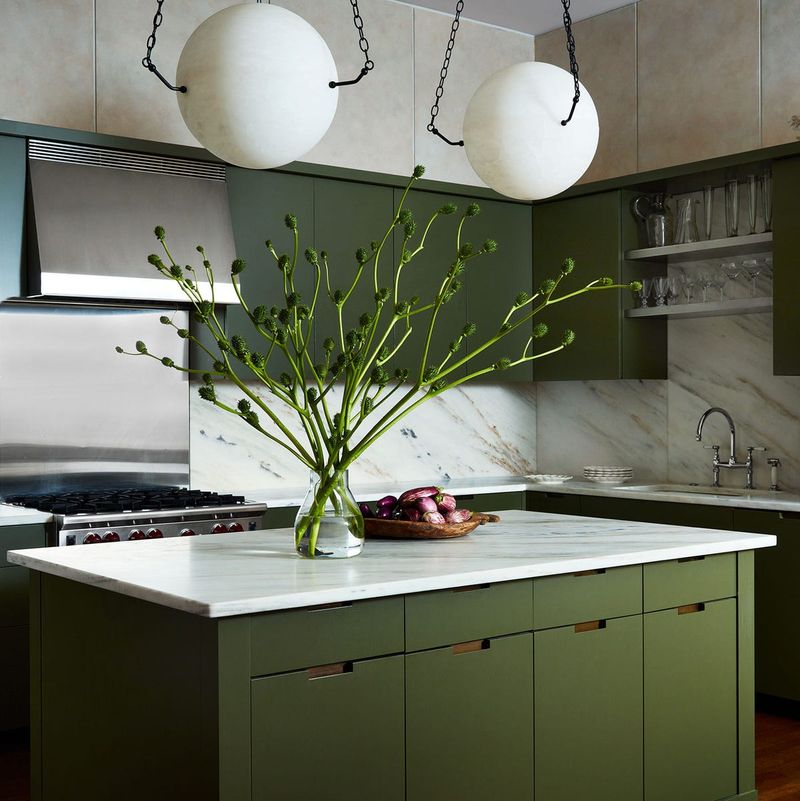
Green kitchen appliances are staging a surprising revival—though thankfully not in the murky avocado shade our grandparents embraced! Today’s versions come in sophisticated forest greens, elegant emeralds, and muted sage tones that feel fresh and nature-inspired.
Major appliance manufacturers now offer colorful alternatives to stainless steel, perfect for homeowners tired of the industrial look that dominated kitchens for decades. These statement pieces work particularly well in spaces with simple cabinetry and neutral countertops where they can be the star of the show.
For those not ready to commit to a green refrigerator, smaller appliances like stand mixers, toasters, and coffee makers in verdant hues offer a less permanent way to embrace this trend. The new green appliances reflect our current desire to bring elements of nature indoors while adding personality to utilitarian spaces.
11. Wood Paneling (No)
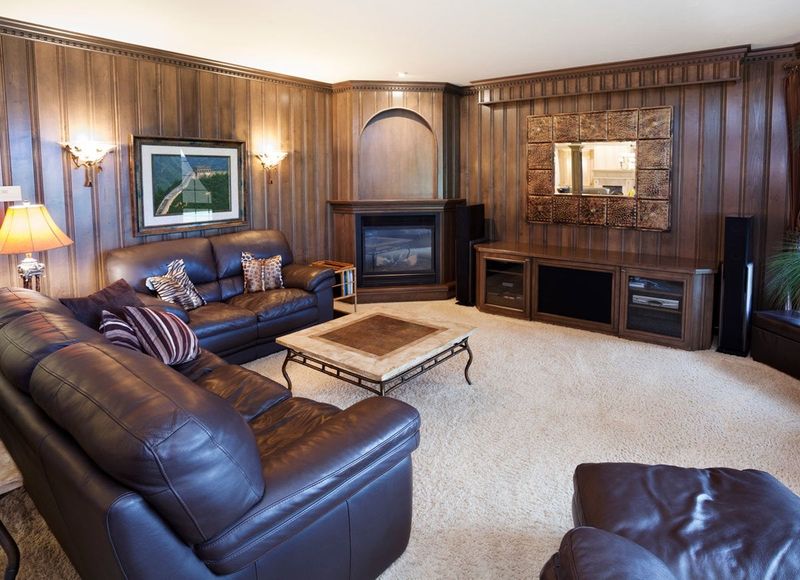
Dark, oppressive wood paneling from the 1970s remains firmly on designers’ no-go list, despite numerous retro revivals. Those floor-to-ceiling sheets of fake-wood veneer that once darkened dens and basements nationwide still evoke feelings of outdated gloom rather than vintage charm.
The problem isn’t wood itself it’s the quality and application. Those thin, mass-produced panels with repetitive faux grain patterns made spaces feel smaller and trapped in a particular era. Unlike authentic wood elements that age beautifully, this paneling just looks cheap and dated.
If you’re dealing with inherited wood paneling, painting it is usually the quickest fix. For those drawn to wood-clad walls, designers recommend modern alternatives like wide planks of real wood installed horizontally, architectural-grade veneer panels, or slat walls that create texture while maintaining airiness and light.
12. Linen Curtains (No)

Heavy, outdated linen curtains that once draped homes in the 80s and 90s remain firmly on designers’ rejection list. Those bulky window treatments often featuring pinch pleats, swags, jabots, and excessive puddling create a fussy, formal atmosphere that feels completely at odds with today’s more relaxed lifestyles.
The overwhelming fabric and ornate hardware of these traditional linens often block natural light and make rooms feel smaller and more closed-in. Many of these curtains came in dusty pastels or heavy floral patterns that instantly date a space.
Modern window treatments favor simplicity clean lines, minimal hardware, and fabrics that complement rather than dominate a room. Today’s linen curtains, when used, are typically unlined or lightly lined, hanging from simple rods with minimal fuss. The focus has shifted to enhancing natural light rather than creating elaborate window “moments” that demand attention.
13. Faux Wood Floors (No)
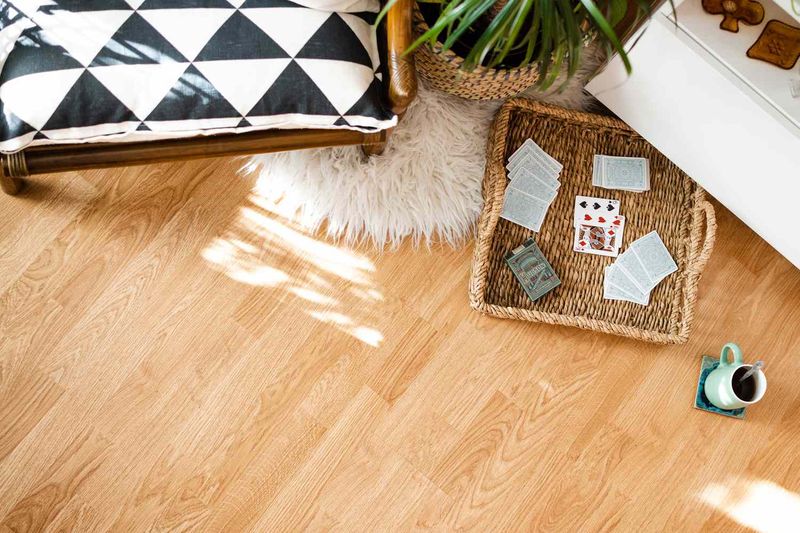
Early laminate flooring that poorly mimics wood grain continues to make designers cringe. Those plastic-looking floors from the 80s and 90s with their unconvincing patterns, obvious repeats, and hollow sound underfoot remain firmly on the “no” list despite advances in flooring technology.
The worst offenders feature unrealistic wood tones (orangey “cherry” anyone?), shiny finishes that no natural wood would have, and patterns so regular they scream “fake” from across the room. Their tendency to warp when wet and inability to be refinished made them impractical as well as unattractive.
If authentic hardwood isn’t in your budget, today’s alternatives have come light-years ahead. Modern luxury vinyl plank flooring and high-quality laminates offer realistic textures, improved water resistance, and sophisticated colorways that respect wood’s natural variation. The key is choosing products that honor wood’s authentic character rather than creating a cheap imitation.
14. Floral Wallpaper (No)
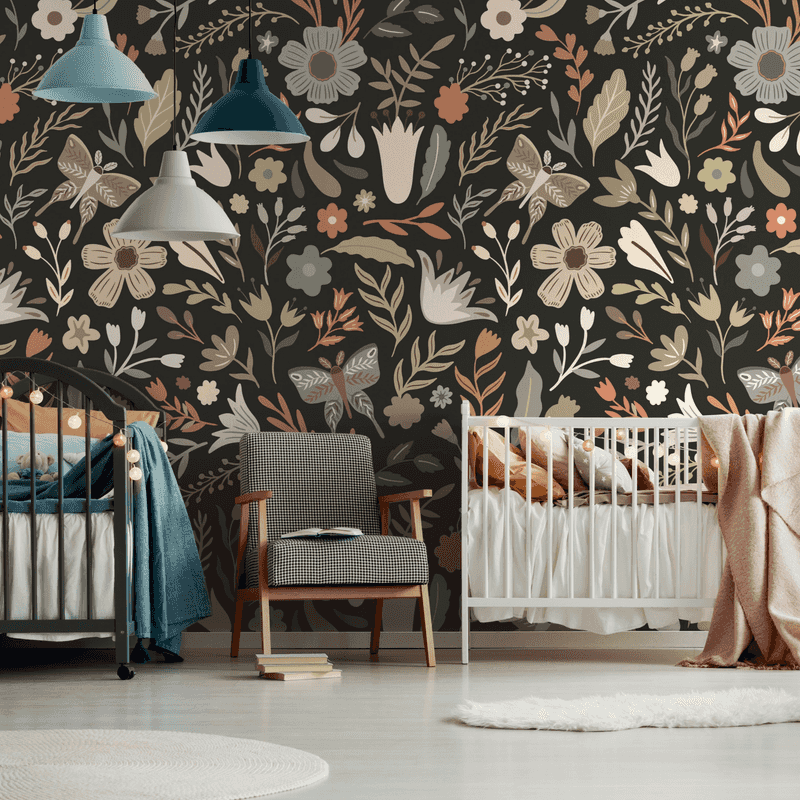
Tiny, busy floral wallpaper patterns that dominated homes in the 80s and early 90s remain firmly in designers’ rearview mirrors. Those small-scale, repetitive designs in pastel colorways often paired with coordinating borders created visually overwhelming spaces that felt cluttered even when empty.
The worst offenders featured country-style mini florals in dusty blues, mauves, and peaches, sometimes with matching fabrics for window treatments and bedding. This “coordinated” approach created rooms that felt more like time capsules than living spaces.
While floral wallpaper itself has made a stylish comeback, today’s versions feature bold, oversized blooms, abstract interpretations, or artistic renderings that function more as wall art than background pattern. Modern florals embrace negative space, contemporary color palettes, and larger scale to create statement walls that feel fresh rather than fussy.
15. Plastic Furniture (No)
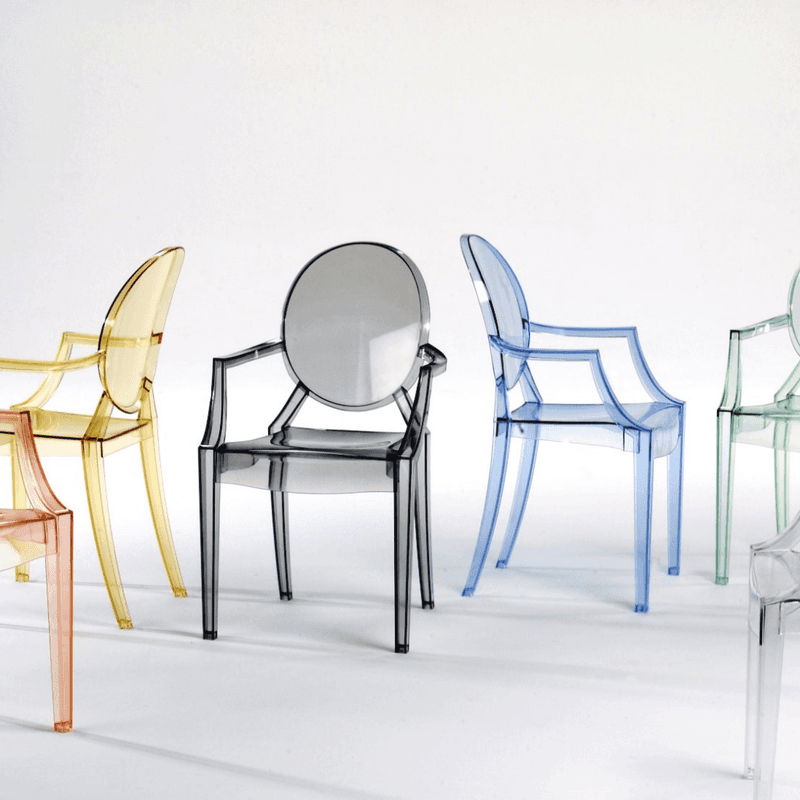
Cheap plastic furniture from the 70s and 80s remains firmly on the design blacklist. Those flimsy chairs, tables, and storage units not only looked inexpensive but aged poorly becoming brittle, discolored, and ultimately destined for landfills.
The worst offenders were those molded plastic pieces attempting to mimic more expensive materials like wood or wicker, fooling absolutely no one. Their hollow construction, visible seams, and tendency to crack under minimal weight made them as impractical as they were unattractive.
This isn’t to say all plastic furniture is off-limits today. High-quality molded polycarbonate chairs by designers like Philippe Starck have earned their place in design history. The difference lies in intention—modern plastic pieces celebrate their material honestly rather than poorly imitating something else, and they’re engineered for durability rather than disposability.
16. Beaded Curtains (No)
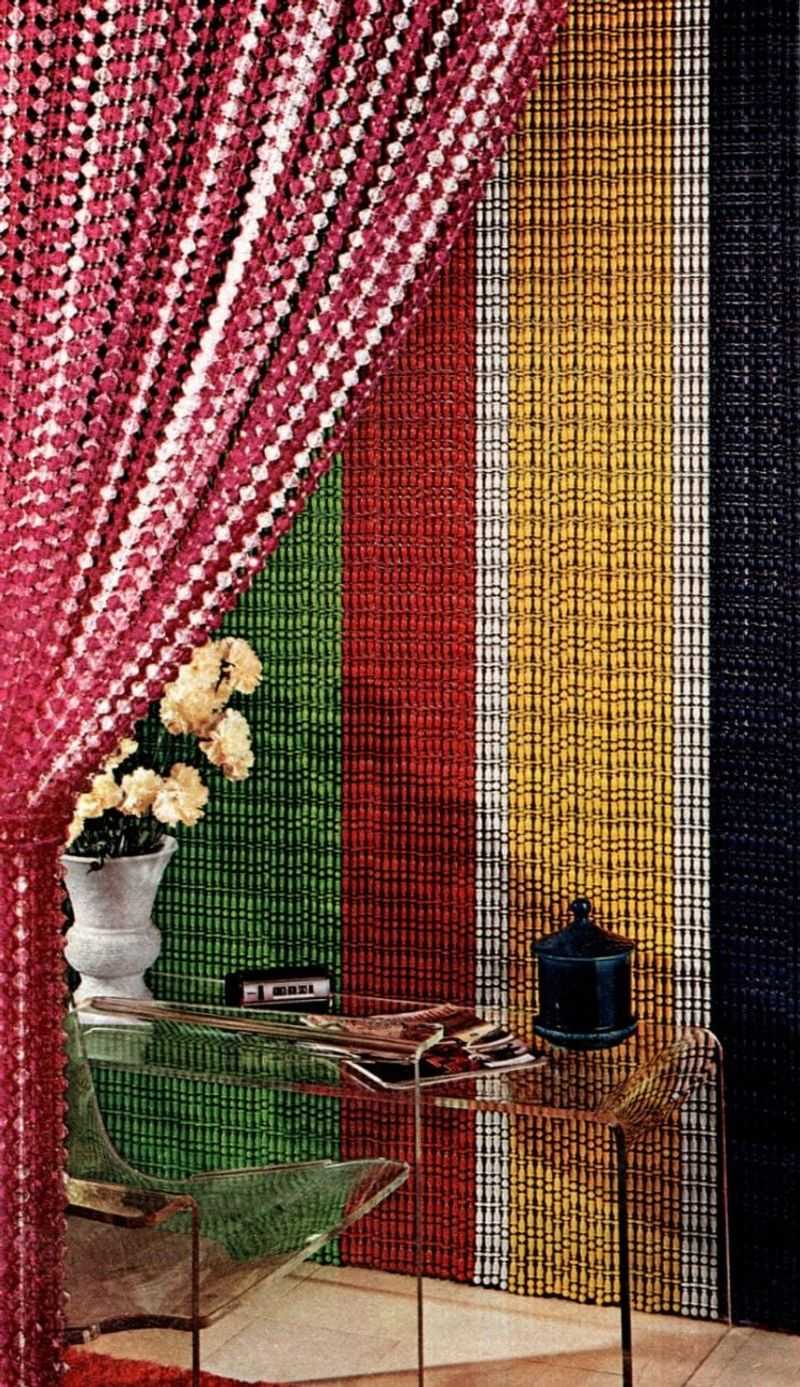
Beaded curtains that once separated spaces in 1960s and 70s homes remain firmly on designers’ “please don’t” list. Those clacking, tangling doorway dividers made from plastic, bamboo, or wooden beads have failed to make a legitimate comeback despite numerous retro revivals.
Beyond their impracticality constantly getting caught in hair, clothing, and pet fur these curtains create visual chaos in otherwise clean spaces. The constant movement and noise becomes distracting rather than decorative, and they collect dust in a way that makes maintenance a nightmare.
If you’re looking for ways to define spaces without solid walls, today’s designers recommend more sophisticated solutions: architectural room dividers, sliding panels, strategic furniture placement, or even hanging plants. These alternatives create thoughtful separation without the hippie-era associations or practical drawbacks of those swinging, clicking beads.

